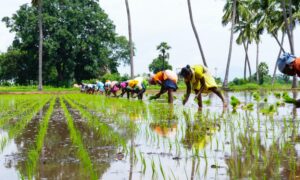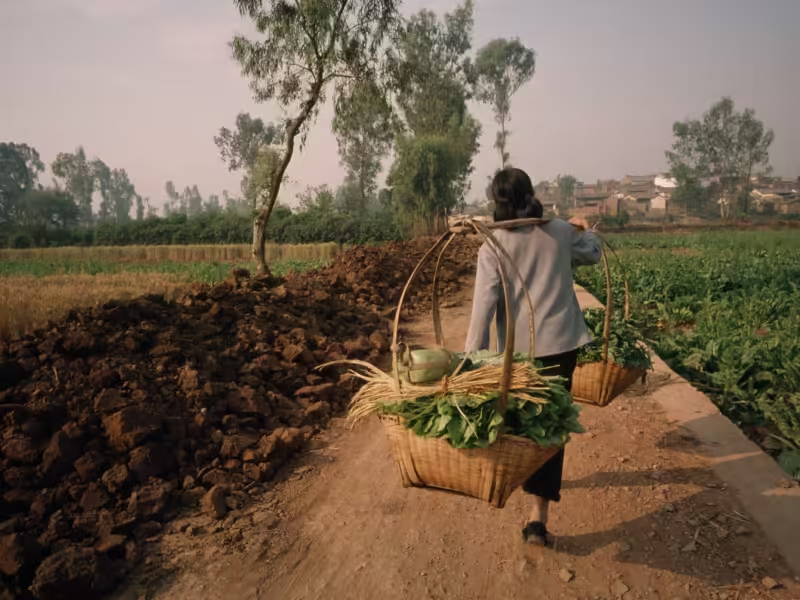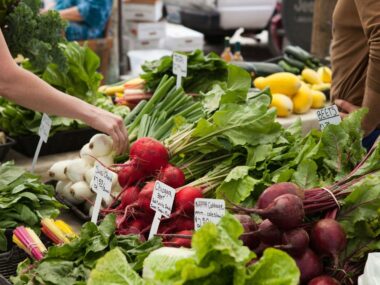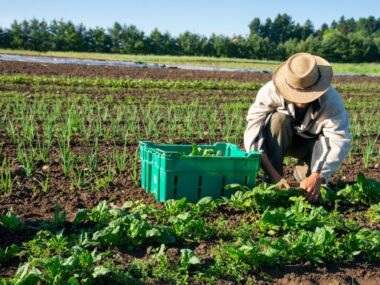- Introduction: Gender plays a crucial role in agriculture, with women contributing significantly to farm labor, food production, and rural livelihoods worldwide. However, gender disparities persist in access to resources, decision-making, and benefits within the agricultural sector, hindering women’s full participation and potential. This guide explores the intersection of gender and agriculture, highlighting the contributions of women farmers, addressing key challenges they face, and advocating for gender-responsive policies and interventions to promote equality and empower women in agriculture.

women farmers gender equality
- Women’s Role in Agriculture: Women play multifaceted roles in agriculture, serving as farmers, laborers, entrepreneurs, caregivers, and knowledge bearers. In many regions, women are responsible for essential tasks such as land preparation, planting, weeding, and harvesting, contributing significantly to household food security and nutrition. Additionally, women often play a central role in livestock management, agro-processing, and marketing activities, adding value to agricultural products and generating income for their families.
- Gender Disparities in Access to Resources: Gender inequalities persist in access to land, credit, inputs, technology, extension services, and markets, limiting women’s agricultural productivity and economic empowerment. Discriminatory land tenure systems, inheritance laws, and cultural norms often restrict women’s land rights and control over productive resources. Access to finance and agricultural inputs is skewed towards male farmers, perpetuating gender disparities in access to modern farming technologies and productivity-enhancing resources.
- Empowering Women Farmers: Empowering women farmers is essential for enhancing agricultural productivity, food security, and rural development. Initiatives aimed at improving women’s access to land tenure, credit, and agricultural inputs can unlock their potential as agents of change and drivers of agricultural innovation. Providing gender-responsive extension services, training programs, and technology transfer initiatives tailored to women’s needs and priorities strengthens their capacity to adopt sustainable farming practices and improve livelihoods.
- Promoting Women’s Leadership and Decision-Making: Increasing women’s participation in agricultural leadership and decision-making processes is critical for advancing gender equality and promoting inclusive agricultural development. Empowering women to voice their concerns, influence policy decisions, and participate in agricultural cooperatives, producer groups, and community-based organizations strengthens their bargaining power and representation in decision-making forums. Mentoring programs, leadership training, and affirmative action policies can help overcome barriers to women’s leadership in agriculture.
- Gender-Responsive Agricultural Policies and Programs: Mainstreaming gender considerations into agricultural policies, programs, and investments is essential for addressing the specific needs and priorities of women farmers and ensuring their meaningful participation and benefit. Gender-responsive policies can include measures to promote women’s land rights, access to credit, extension services, and market opportunities. Gender-sensitive agricultural programs incorporate gender analysis, disaggregated data, and gender-targeted interventions to address the differentiated needs and constraints faced by women and men in agriculture.
- Innovations in Gender and Agriculture: Innovations in technology, finance, and social inclusion hold promise for advancing gender equality and women’s empowerment in agriculture. Digital technologies, such as mobile applications and remote sensing, facilitate access to market information, financial services, and agricultural extension for women farmers in remote areas. Gender-responsive financing mechanisms, such as microcredit, savings groups, and women’s cooperatives, empower women to invest in agricultural production, income-generating activities, and resilience-building initiatives.
- Addressing Gender-Based Violence in Agriculture: Gender-based violence is a pervasive issue in agricultural settings, affecting women’s safety, well-being, and ability to participate in farming activities. Addressing gender-based violence requires comprehensive approaches that combine legal reforms, awareness-raising campaigns, and support services for survivors. Creating safe spaces, promoting gender-equitable norms, and engaging men and boys as allies in challenging harmful gender stereotypes and behaviors contribute to creating a culture of respect and equality in agriculture.
- Measuring Progress and Accountability: Monitoring and evaluation systems that track progress on gender equality indicators are essential for assessing the impact of interventions and holding stakeholders accountable for advancing gender responsive.
agriculture. Gender-disaggregated data collection, impact assessments, and participatory evaluations enable stakeholders to identify gaps, measure outcomes, and adjust strategies to ensure that women farmers benefit equitably from agricultural investments and development programs.
- Conclusion: Achieving gender equality in agriculture is not only a matter of social justice but also essential for achieving sustainable development goals, food security, and rural prosperity. By recognizing and valuing the contributions of women farmers, addressing gender disparities in access to resources and opportunities, and promoting women’s leadership and empowerment, we can build a more inclusive and resilient agricultural sector that benefits women, men, and communities alike. Collaborative efforts among governments, civil society, the private sector, and development partners are crucial for advancing gender equality and women’s empowerment in agriculture and realizing the full potential of agriculture as a driver of sustainable development.










